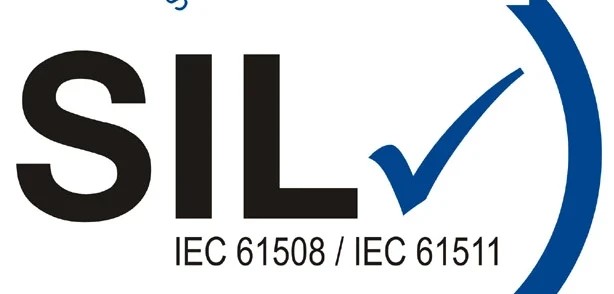Free UK Shipping over £100
Fast Shipping
Worldwide Shipping
Technical Sales Team

SIL Certification for process instruments and analysers can be crucial but as many of us know, identifying which level of SIL Cert we require can be quite confusing! If you're having trouble deciding just how safe you need to be have a look at our latest 'Little Lesson' below:
The international standard IEC-61508 ("Functional Safety of electrical, electronic and programmable electronic safety-related systems") defines four Safety Integrity Levels: SIL 1 to 4 each corresponding to a range of target likelihood of failures of a safety function.
It sets out the functional safety requirements for ensuring that systems are designed, implemented, operated and maintained to provide the required Safety Integrity Level (SIL).
Confidence Level
This means that if a system is validated to SIL-2, it has a 99% probability that the correct action would be taken in the event of a demand (i.e. a trip condition). Note - The higher the SIL level, the lower the probability of failure on demand for the safety system and the better the risk reduction provided.
We hope this helped clear up any confusion but if you're still unsure please feel free to give our Sales & Tech Teams a call on 0151 343 9966 and they'll be happy to discuss your requirements and give any advice you may need!
Contact our technical sales advisors here.
Our team of engineers are fully equipped to provide bespoke system design and manufacture.
This process involves specifying, procuring, calibrating and maintaining instrumentation and control systems for industrial and commercial process control applications.
Call our technical sales team for advice

This site uses cookies to monitor site performance and provide a more responsive and personalised experience. You must agree to our use of certain cookies. For more information on how we use and manage cookies, please read our Privacy Policy.